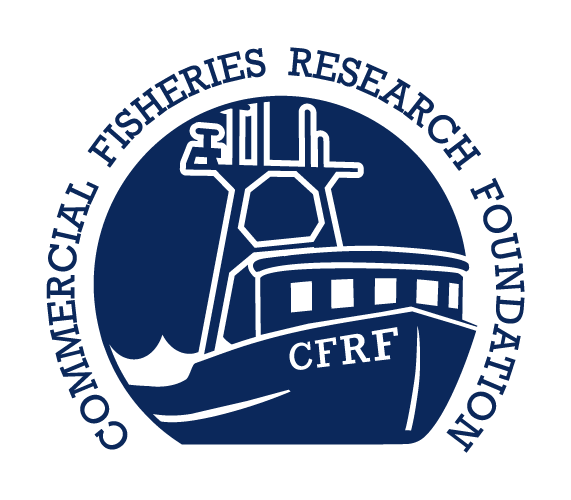Engaging the Fishing Community to Understand Disease and Reproductive Dynamics of Atlantic Sea Scallop (ScallApp)
GENERAL DESCRIPTION:
The Atlantic sea scallop (Placopecten magellanicus) is the second most valuable fishery in the United States, with over $670 million in landings in 2021. This research aims to better comprehend Atlantic sea scallop health and inform fisheries management decisions with data collected by the sea scallop fishing industry. To do this, we are engaging fishermen to collect data on the distribution and incidence of grey meats, nematodes, shell blister disease, and reproductive and meat condition.
This research is being completed in two phases: Phase 1, which developed a new data collection application called ScallApp, was completed in 2024. Phase 2, which is focused on operationalizing ScallApp, is currently underway. While seeking to operationalize ScallApp, Phase 2 will continue to build a mechanism for fishermen to provide information that impacts scallop assessment and management. This will fill seasonal and spatial information gaps and collate fishermen's observations as a “first-alert” to direct further investigation.
ScallApp Icon
phase 1 PROJECT GOALS and results:
The goals of Phase 1 were to:
Develop protocols and equip scallopers with a custom-built smartphone app to easily collect biological scallop data at-sea. The new app is named ScallApp.
Engage fishermen in collaborative research methods, increasing knowledge and resilience within the fishing community
Increase fishery-dependent data collection within the Atlantic sea scallop fishery to better inform fisheries management on scallop health and reproductive condition
After developing ScallApp, we collaborated with ten fishermen to conduct beta and full testing periods. These testing periods allowed us to make iterative improvements to ScallApp, resulting in an easy-to-use app available on both iOS and Android platforms. During this project, participants collected nearly two hundred images from a broad geographic area that spanned the Mid-Atlantic bight out to eastern Georges Bank. We used this data to develop a database for user submissions. We also created an interactive distribution map that displays verified photo submissions (see photo below), which will be publicly available to scientists and the fishing industry in future phases of this project. We’re excited to continue to build on this project and are confident that ScallApp can be introduced to a larger fleet of participants in the next phase.
Read the final report for phase one here.
Phase 2 Project Goals:
Collaborate with 15 captains to use ScallApp between the northern mid-Atlantic (off New Jersey and New York) to Southern New England (south of Block Island) in 2024/2025.
Prepare ScallApp for open use
Continue developing ScallApp’s fishery-dependent data collection system to contribute data to sea scallop management
Communicate results to inform the sea scallop science, management, and fishing communities
PRoJECT TEAM:
Northeast Fisheries Science Center
Anna Mercer
Dvora Hart
Jessica Blaylock
George Maynard
Giovanni Gianesin
Jack Wilson
Emma Fowler
Commercial Fisheries Research Foundation
Becky Smoak - Project Lead
N. David Bethoney



